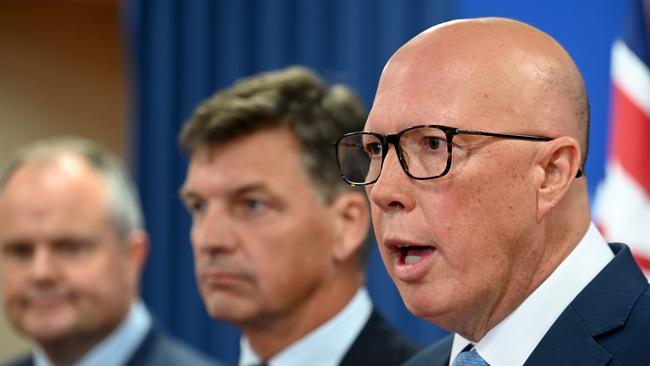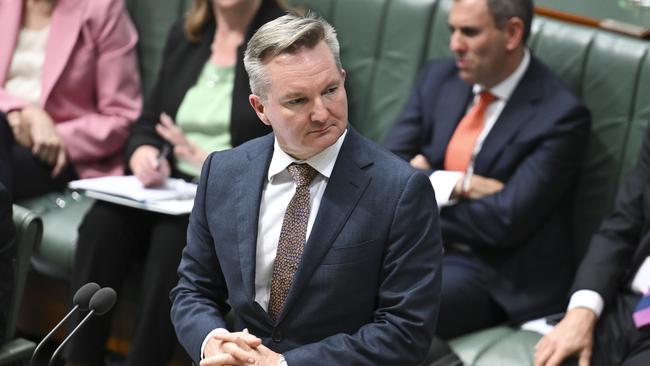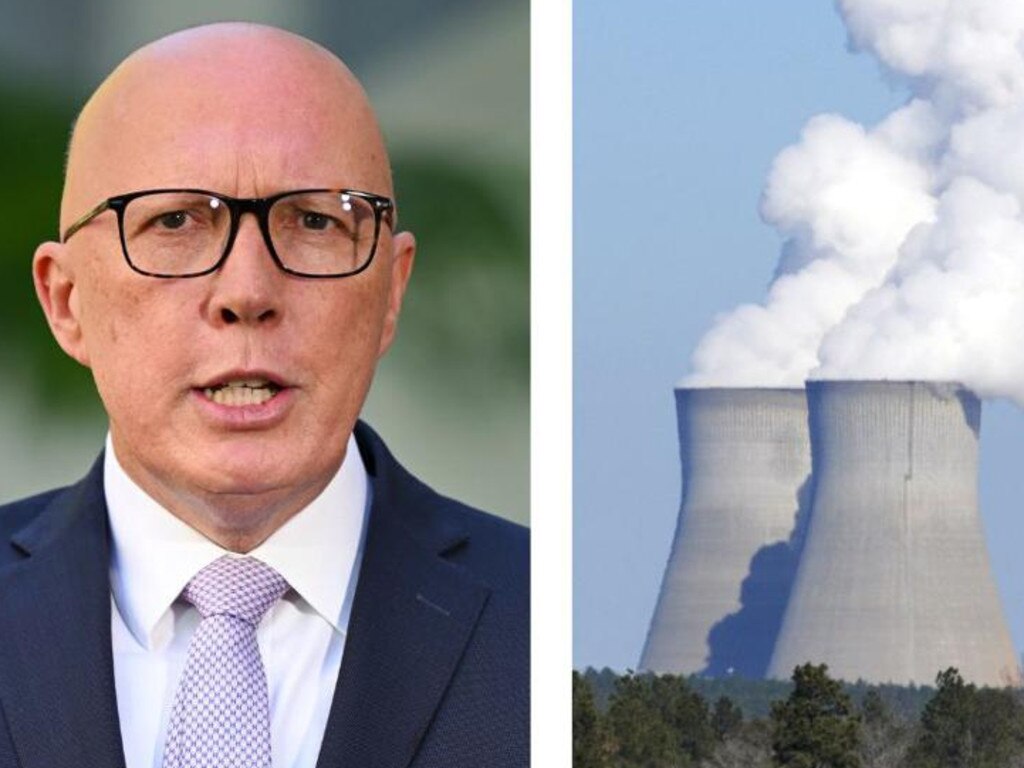Peter Dutton guilty of ‘conscious mistruths’ on nuclear costings

For a party that claims nuclear is necessary to cater for large industrial users and data centres, it beggars belief it has assumed large industries such as aluminium smelting will leave Australia. The Liberals’ vision for a smaller Australia assumes 30 to 40 per cent less power than the 410 terawatt hours of electricity AEMO thinks households and business will need each year by 2050. Credit where its due: the Coalition really needed to work creatively to overcome all the evidence that nuclear is expensive, and creative it has been.
Need to reduce the cost of your energy policy? Ignore all evidence to the contrary and assume you won’t need to produce so much. Hey presto, 40 per cent less capacity equals less costs. This is the biggest flaw in the most deeply flawed costings released by an opposition in four decades. Peter Dutton and Angus Taylor have both claimed the modelling shows bills will be cut by 44 per cent, when it doesn’t make any such claim.
Mr Dutton’s contribution instead has been to outrageously attack the fiercely independent and impartial staff at the CSIRO after the GenCost report was released last Monday. He alleged they had let their organisation be subject to political interference. He still owes them an apology. This is not behaviour suitable from someone who wants to lead the country.

If the CSIRO and AEMO were outliers in finding nuclear energy is the most expensive of the available options, I might be more forgiving of the LNP’s attacks on them. But here’s the thing: the work of Australia’s internationally respected institutions is entirely in keeping with the work of international peers. In the past two years, 10 studies have assessed the cost of nuclear compared to renewable energy when it comes to new investment. Whether it’s the International Energy Agency, merchant bank Lazard, Baringa, a comprehensive study by Danish academics into the economics of Denmark’s energy needs, the Oxford Institute for Energy Studies’ work, or extensive research published in the respected energy journal Joule, the results are the same, and consistent with the work of Australia’s institutions.
Then there is the matter of rooftop solar curtailment. Here, opposition energy spokesman Ted O’Brien has cooked his own goose. On the one hand, he argues nuclear is flexible and “load following” meaning it can be turned down or off for much of the time and therefore works perfectly with, not against, renewables. On the other hand, he argues costings for nuclear energy should be based on very high capacity factors; that is, nuclear should be regarded as almost always on. Both these assertions can’t be true. You can argue nuclear is flexible or you can argue it will almost always be on, but you can’t argue both.
Nuclear report costs author Danny Price admitted in a Nine newspaper op-ed this week his modelling is premised on nuclear power being forced into the grid, and forcing solar out. The costings the LNP released are based on flawed assumptions that are out of touch with reality. And the policy they’ve been designed to retrofit and justify is the same.
The stakes are high. The Liberal Party, the alleged party of free enterprise, which has railed against off-budget spending, would sign the taxpayer up for every dollar of the spending it so egregiously underestimates. This contrasts with Labor’s approach, which has been designed to provide a welcoming and certain policy environment for private sector investment in renewable energy and storage.
The Parliamentary Budget Office was designed to give oppositions access to high-quality and rigorous costing resources. That the alternative government has gone down a road of slippery assumptions and conscious mistruths is one the Australian people are entitled to hold it to account for.
Chris Bowen is Minister for Climate Change and Energy.






Given it took the Liberal Party six months to release the costings of its nuclear policy, I had time to predict what accounting tricks it would mount to overcome the reality that nuclear is the most expensive form of energy generation. So, here’s my confession. Not in my wildest dreams did it occur to me it would do it by forecasting an economy $300bn smaller than what the government’s plan is based on in 2050.